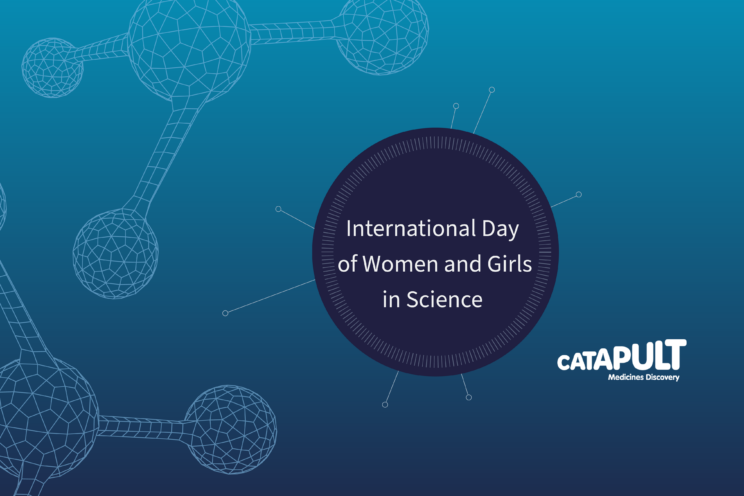
Medicines Discovery Catapult (MDC) is taking this opportunity to highlight the importance of role models in inspiring women and girls to consider STEM as a career choice.
It is widely accepted that positive, visible role models are an important part of growing up for children and young people to help inform, influence and inspire them. According to a 2021 report by Girlguiding, a third (34%) of girls and young women aged 7 to 21 feel there is a lack of women in STEM, with too few women role models (this has been unchanged since 2016).
A 2023 report into Diversity and Inclusion in STEM by the House of Commons Science and Technology Committee said: “Children who were able to see themselves as scientists or engineers were more likely to pursue the required subjects”.
With so many different opportunities available within the diverse life science sector, it is important that people are encouraged to explore these career paths, fuelling the sector with talented people from a range of backgrounds.
We asked our team at MDC about who and what inspired them to work in science – from a brain in a bucket to pioneering female scientists and inspirational colleagues. You can check out some snippets below.
Who is your STEM role model? My role model is Sally-Ann Emmas [Strategy Leader – Medicines Discovery Catapult]. Sally-Ann is an amazing scientist and excellent at driving research forward. Sarah Brockbank [Strategy Leader – Complex Medicines at MDC] is also a fantastic role model. Sarah has a sharp eye and has done a brilliant job securing many impactful projects for MDC.
What inspired you to work in science? I got lucky and chose an area that I grew to really enjoy working in. As a younger person, I wasn’t sure what I wanted for my future, and that was OK; I just worked hard at what I was doing and looked for opportunities to progress.
Dr Lorna FitzPatrick, Lead Scientist in Cell and Molecular Engineering
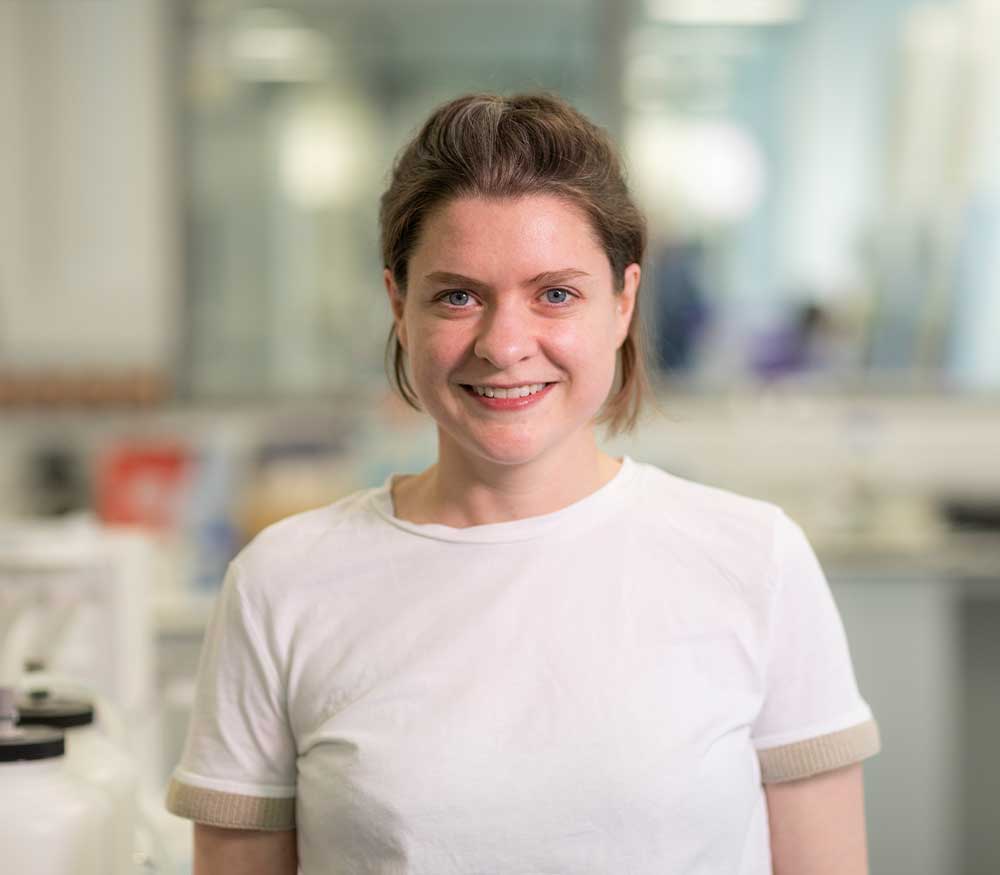
Who is your STEM role model? Rosalind Franklin for her work on the discovery of DNA. Katherine Johnson for her pioneering mathematics that helped to get astronauts to the moon. Despite the barriers they faced, they both achieved tremendous success, which has had a great impact on society.
What inspired you to work in science? I was studying A-level Biology when Dolly the Sheep was cloned in Edinburgh. It was an amazing advance in the field and inspired me to carry out a career in research.
Dr Emma Jones, Lead Scientist – In Vitro Neurobiology
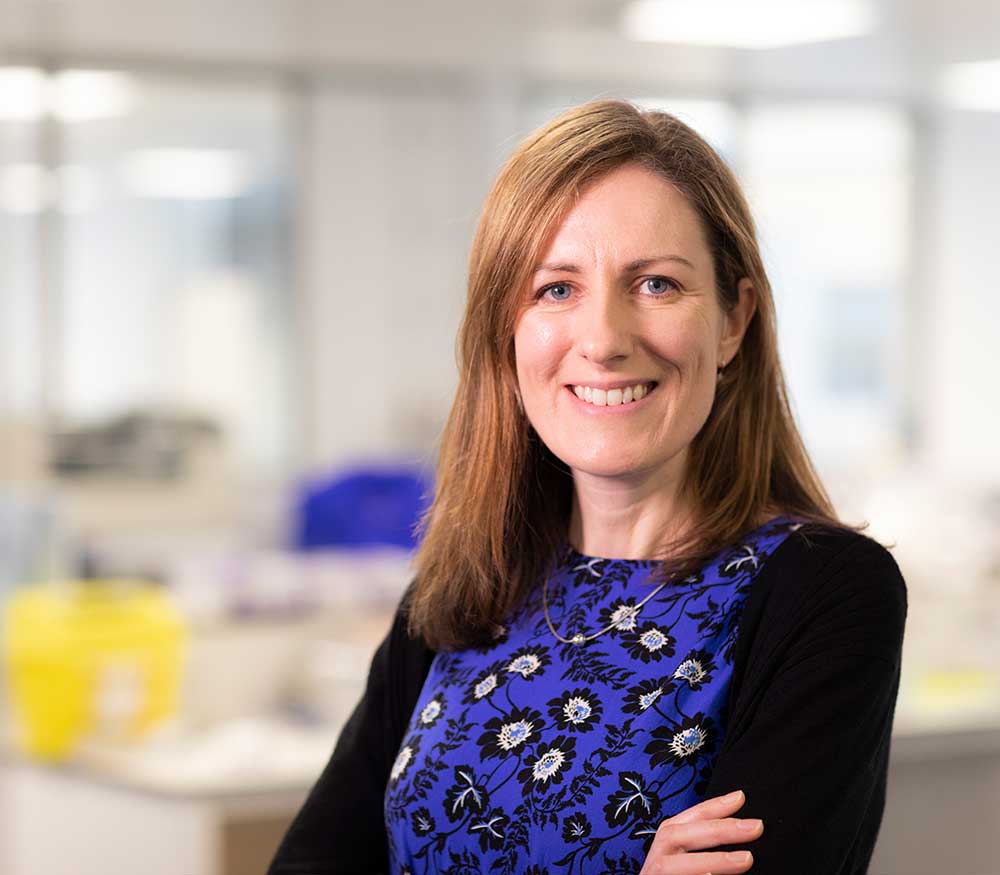
Who is your STEM role model? Rosalind Franklin for her work on the discovery of DNA. Katherine Johnson for her pioneering mathematics that helped to get astronauts to the moon. Despite the barriers they faced, they both achieved tremendous success, which has had a great impact on society.
What inspired you to work in science? I was studying A-level Biology when Dolly the Sheep was cloned in Edinburgh. It was an amazing advance in the field and inspired me to carry out a career in research.
Sandra Perkins, Head of Communications
Who is your STEM role model? Juliana Maynard [PET Director and Head of Translational Imaging at MDC] is my STEM role model. I’m incredibly impressed by her visionary approach to our work. She consistently demonstrates a remarkable level of passion and dedication to achieving our goals, always thinking big and inspiring the team to do the same. Her integrity shines through in every decision she makes, and her creativity knows no bounds.
What truly stands out to me is her unwavering optimism and confidence, even in the face of challenges. She approaches each situation with a positive outlook, instilling a sense of resilience within the team.
What inspired you to work in science? On the intersection of science, I believe that the act of creation is inherent to human nature. Regardless of our diverse backgrounds and spiritual beliefs, engaging in acts of creation can evoke a profound sense of fulfilment and purpose.
What I find truly remarkable is not only the journey of doubt, curiosity, and experimentation but also the capacity to embrace challenges, comprehend them, and forge creative paths towards solutions—all while relishing the process. It’s about fostering innovation, continually pushing boundaries, and deriving joy from the endeavour itself.
Dr Sahba Shafiee, Pre-Clinical Scientist
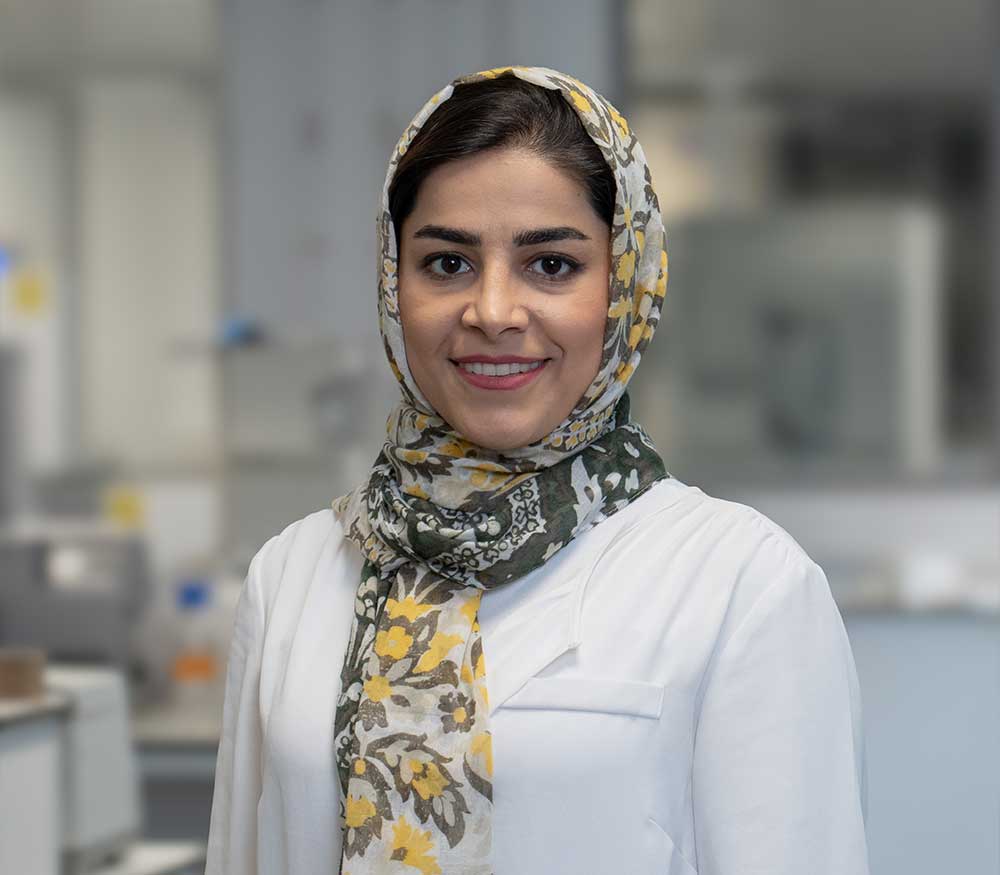
Who is your STEM role model? I have had many over the years; I work with fantastic scientists who inspire me in different ways every day.
What inspired you to work in science? A combination of real interest in how the body works and inspiring teachers at secondary school, particularly an excellent eccentric biology teacher who had a great way of breaking down complex topics with lots of humour and practical application.
Dr Emily Offer, Head of Cellular Sciences
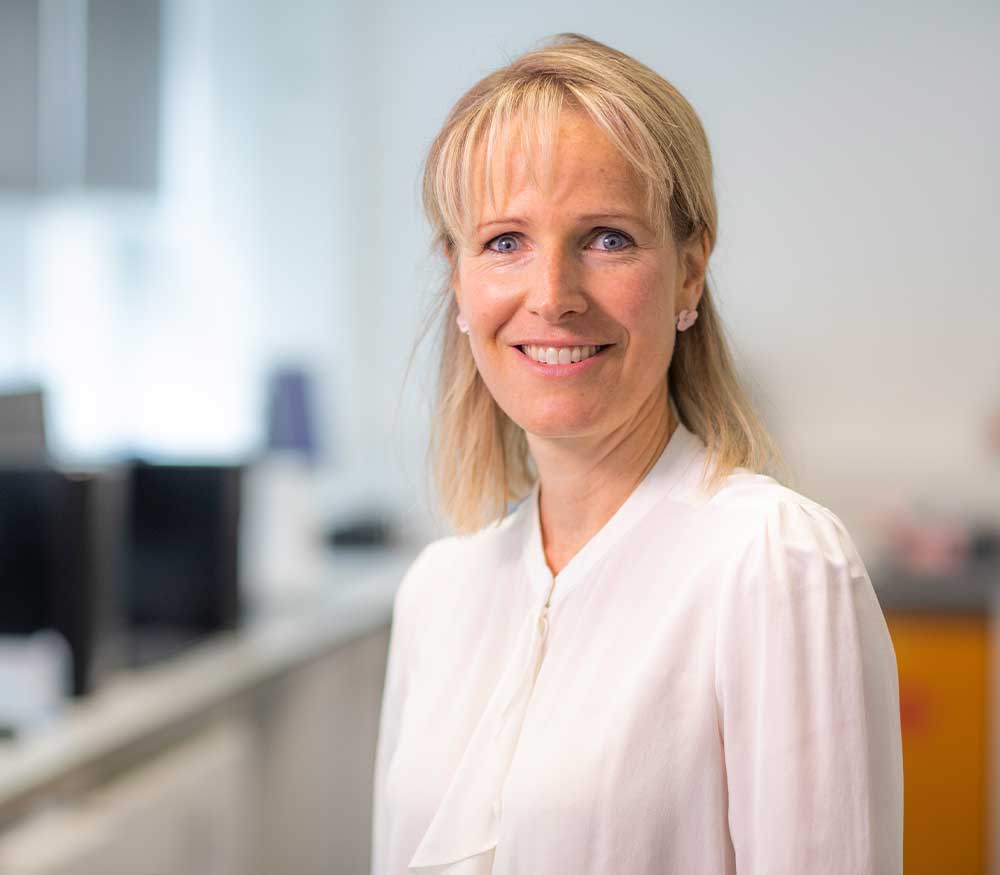
Who is your STEM role model? I have been lucky enough to have multiple role models/mentors throughout my career, but the one that stands out is Steve Eida – a colleague of mine from my undergraduate placement year at Swiss Precision Diagnostics. I was working in a team of Senior Scientists to develop a new design for the company’s various at-home diagnostics (e.g. Clearblue pregnancy tests), and I felt very underqualified compared to the rest of the team! Steve took me under his wing and taught me with patience how to design robust experiments, interpret the results, troubleshoot any issues – and to question everything. We have kept in touch over the years, and he has now retired. However, I will never forget the patience and humour with which he taught me.
What inspired you to work in science? As a teenager, I became fascinated with forensics and how it could be used to solve crimes – the way in which each of us leaves a trace everywhere we go (fingerprints, skin, blood, etc). Looking into forensic science courses at universities, I found that a huge variety was available; however, after reviewing job descriptions for forensic scientist jobs, I saw that a degree in forensics was not required – instead, applicants needed to join the police and complete the internal training. Since I was keen to go to university, I decided to do a degree in the science underlying/related to forensics (molecular and cellular biology). However, I got a little distracted and found myself so fascinated by molecular and cellular biology that I decided to pursue this as a career instead!
Eleanor Platt, Molecular Scientist
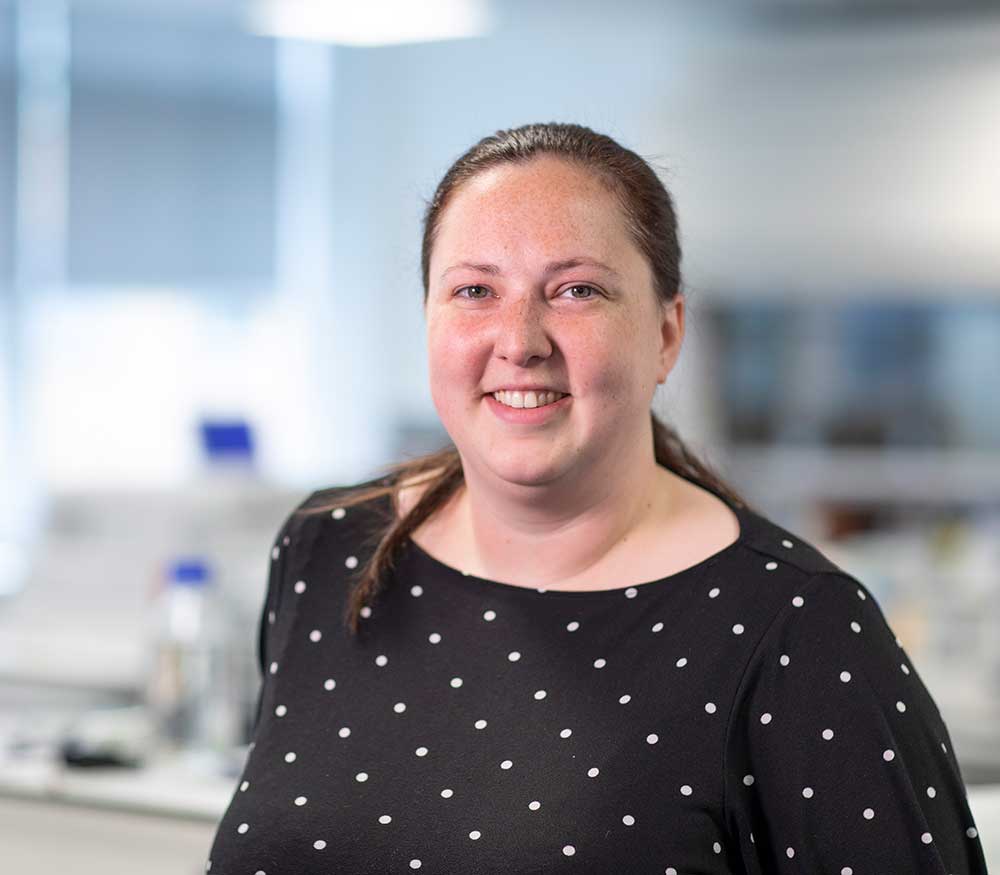
Who is your STEM role model? My STEM role model is Mary Pickford, a pioneering neuroendocrinologist. At the University of Edinburgh, where I did my PhD, there was a painting that Mary had painted herself. It was of her looking at the view out of the office, and I could imagine her doing her research in that very building and the impact she made to the field.
What inspired you to work in science? I really wanted to help people – I was fascinated by pharmacology and how a drug could alter how the body functioned and worked. I was amazed to see results in real-time and have a better understanding of how clever the body was and how it worked to protect you. Pharmacology was my favourite subject, and I knew I wanted to work in drug research.
Dr Juliana Maynard, PET Director and Head of Translational Imaging

What inspired you to work in science? When I was at school, my biology teacher invited me to join a lunchtime session where she’d invited in an external speaker. This scientist turned up with a human brain in a bucket, which we were all able to pass around and hold in our hands! The fact that I was literally holding the organ that once encapsulated a whole human being was mind-blowing. From then on, I got a bit obsessed with reading popular neuroscience and neurology books. Authors like Oliver Sacks and V.S. Ramachandran made how the brain perceives the world and the crazy quirks that happen when it goes wrong so accessible and fascinating.
Dr Eve Corrie, Scientist – In Vitro Neurobiology
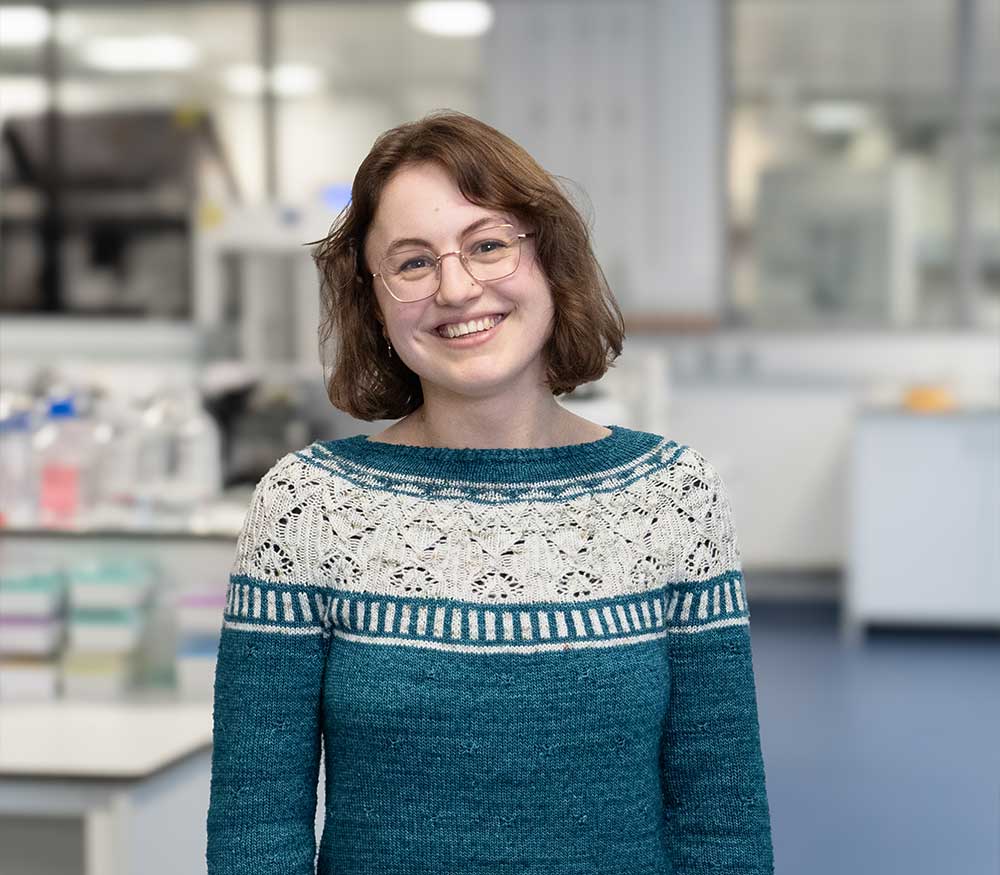
Who is your STEM role model? Not a single person in particular, but I find that a lot of the people I work with now or have worked with in the past are great inspirations. It’s really easy to see dedication, integrity, fun, and really cool science when they’re being thought up and pulled off by the people around you!
What inspired you to work in science? I actually enjoyed science lessons at school and reading about science in the news. One of the best pieces of advice I have ever been given is to do what you enjoy. I followed this advice through GCSEs and A-levels, into university and eventually through a PhD. It absolutely has not been a walk in the park, but I’m really happy doing what I’m doing now and excited about where it will lead me.
Dr Rosemary Shoop, Research Associate
